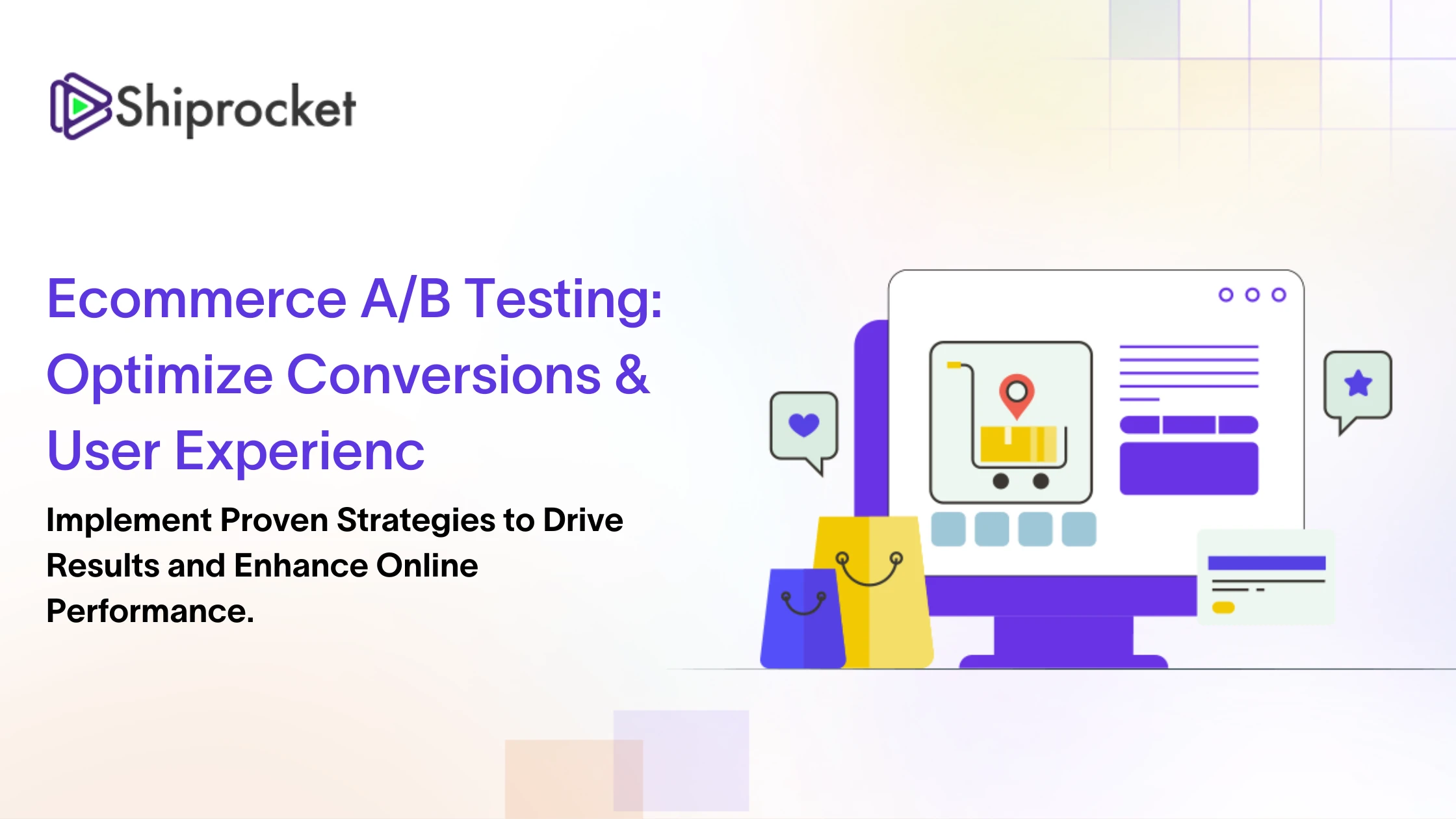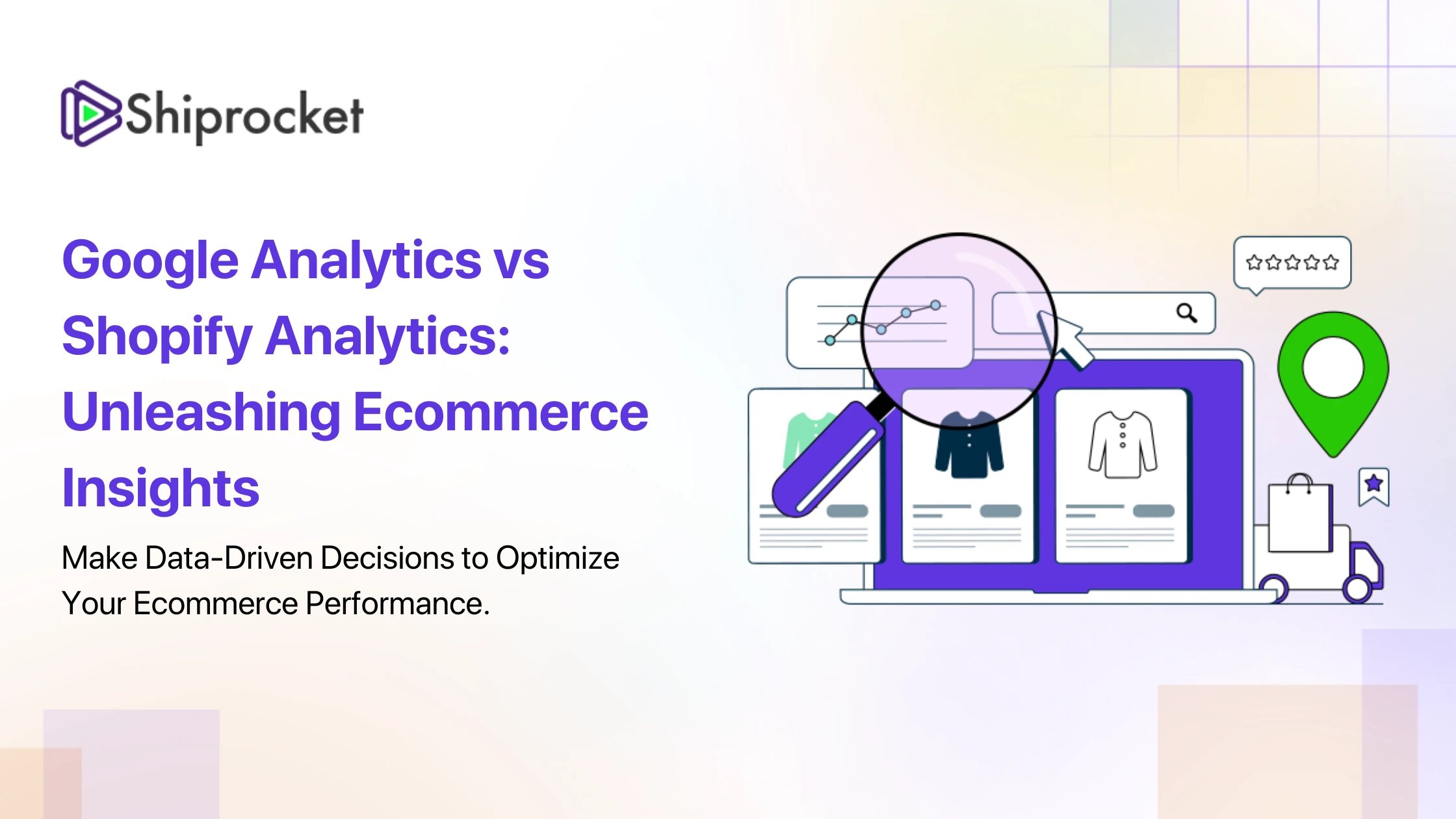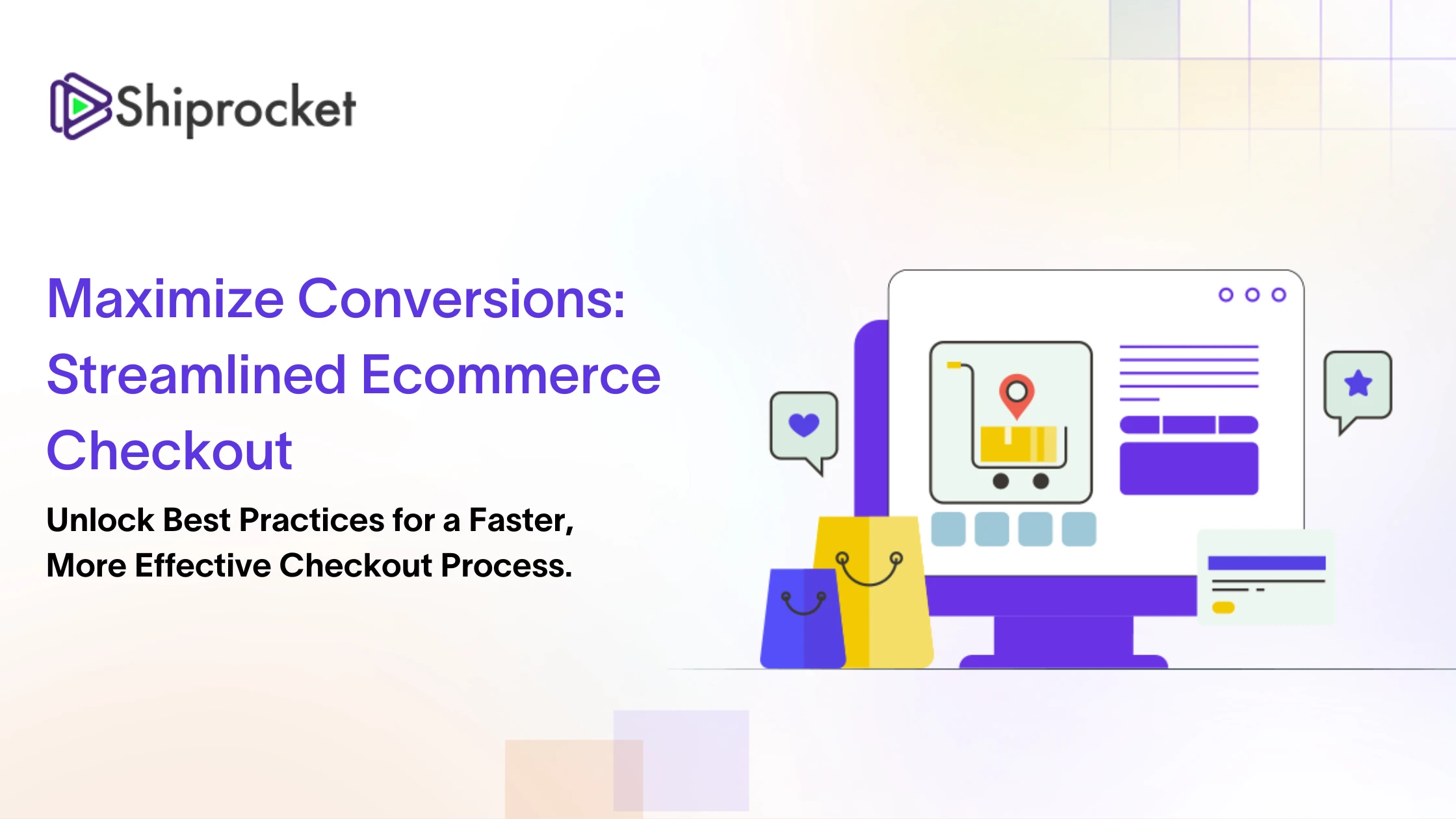Amazon Sponsored Products: Secrets to Skyrocket Your Sales!
- Know Amazon Sponsored Products
- Locations of Sponsored Products on Amazon
- How to Choose the Best Placement for Sponsored Product Ads?
- What You Should Know About Sponsored Products Ads?
- Why Amazon Sponsored Products Ads Excel in Pay Per Click?
- Automatic vs. Manual Campaigns: What’s the Difference?
- How to Launch a Sponsored Products Ads Campaign on Amazon?
- Effective Strategies for Campaign Optimization
- Streamlining Sponsored Product Ad Campaigns with Ad Badger
- Assessing the Effectiveness of Sponsored Products Ads
- Mistakes to Steer Clear of with Sponsored Products Ads
- Conclusion
There is a lot of buzz about Amazon-sponsored products these days. Brands are leveraging them to boost their visibility and encourage sales. What are these sponsored products, how are they advertised, and why are they beneficial? This extensive guide has been crafted to help you learn everything you need about Amazon-sponsored products and their advertisements that are helping brands churn immense profits. It has been observed that Amazon ads have an average conversion rate of 9.44% compared to other sites. Whether you are new to Amazon advertising or looking to refine your approach, the information shared here will help you make the most of this marketing tool.

Know Amazon Sponsored Products
Simply put, Amazon-sponsored products are pay-per-click ads that enable you to promote their products on Amazon and other apps and websites. As a shopper clicks on a sponsored product, they are directed to the product’s listing and the respective brand or advertiser is charged for the click. Sponsored product ads have been designed to help you increase your product’s visibility, drive more traffic to your listings and ultimately boost sales. They are easy to set up and can be customised to fit different budgets. With their help, you can quickly reach potential buyers looking for products under categories similar to yours.
Locations of Sponsored Products on Amazon
Sponsored product ads are strategically placed at prominent locations on the eCommerce platform to grab the buyers’ attention. They are mostly displayed on the top of the search results page or the product detail pages of similar or complementary items and are marked as “Sponsored”. You may also see these products on the right-hand sidebar or at the bottom of search results. Such positioning ensures they are consistently seen by a wide audience so that the chances of clicks increase.
The Ideal Spot for Amazon-Sponsored Products

The ideal spot for Amazon-sponsored products is at the top of the search results page. This ensures maximum visibility as this is among the first places shoppers are likely to see when searching for products. By choosing this spot, you can significantly increase the chances of clicks, as most customers tend to explore the top results.
How to Choose the Best Placement for Sponsored Product Ads?
Here are a few key things to consider while choosing the best placement for sponsored product ads:
- Understand Your Target Audience – Identify where your potential customers are most likely to see and click on your ads. Consider the keywords they use and the kind of products they search for.
- Analyse Competition – Find out where your competitors place their ads and how they perform.
- Consider Your Budget – Higher placements, such as at the top of search results, can cost a lot. Before opting for the same or elsewhere, you must check whether your budget allows them.
- Test and Improvise – It is suggested that you initially choose multiple placements for your Amazon-sponsored products and monitor their performance closely. Based on their performance, you can make better decisions about where to place your ads to ensure higher clicks.
What You Should Know About Sponsored Products Ads?
You do not need to be brand-registered to use Amazon-sponsored products, so most businesses choose them to promote their products. If you are planning to run Amazon-sponsored product ads, you must understand how to bid for them. Amazon offers different bidding options, including dynamic bids. This feature allows you to adjust in real-time based on the chances of a conversion so you can optimise your ad spend efficiently.
It is equally essential to create effective targeting strategies. These ads rely substantially on keyword and product targeting, enabling you to reach shoppers actively searching for products like yours. You can choose between automatic targeting and manual targeting. By choosing automatic targeting, you allow Amazon to select relevant keywords. On the other hand, manual targeting gives you control over the keywords to be used.
Why Amazon Sponsored Products Ads Excel in Pay Per Click?
Amazon-sponsored product ads excel in pay-per-click because of their targeted approach and the platform’s popularity. Amazon targets keywords and products. These ads reach shoppers who are looking for similar products. Thus, there are high chances of these ads getting clicked and converting into sales.
The Working of Sponsored Products Ads on Amazon
The process of running sponsored product ads on Amazon may appear complicated, but it is fairly simple. It begins with selecting products to be advertised and choosing targeting options. Advertisers can opt for automatic or manual targeting. After the targeting is set, advertisers establish their bids to share the maximum amount they are willing to pay per click. Amazon uses this bid to enter the ad into an auction, which determines if and where the ad will appear on the platform.
The ad is shown to shoppers, and the advertiser only pays when someone clicks on it. You can check your sponsored products’ performance using Amazon’s reporting tools. They provide a detailed account of the click-through, cost-per-click, and conversion rates.
Automatic vs. Manual Campaigns: What’s the Difference?
You can choose between automatic and manual campaigns when setting up sponsored product ads. Here’s a look at how the two differ from each other:
- Automatic Campaign – On choosing an automatic campaign, you allow Amazon to select the keywords and targets for your products. The eCommerce giant does so based on the product details provided by you. Thus, you get less control over the keywords that your ads show. By choosing this type of campaign, your ads may show for searches unrelated to your product.
- Manual Campaign – This type of campaign enables you to select the keywords and the products you wish to target. Thus, you have complete control over the keywords that trigger your ads. However, this means that you need to keep a close watch on keywords and adjust them and your bids from time to time. This type of campaign is a good choice for experienced advertisers who want to focus on specific customer segments. This helps you refine your strategy over time.
Advantages of Using Automatic and Manual Campaigns
Take a look at the advantages offered by each of these campaign types:
Automatic Campaigns:
- One of the main advantages of this type of campaign is that it is easy to set up and manage. Thus, it is a good choice for beginners and ideal for those who do not have adequate time and resources to set up and manage campaigns on their own.
- It uses keywords you may not have considered otherwise, broadening the target to help you reach a wider audience. How? Amazon’s algorithms automatically match your ads to relevant search terms online.
Manual Campaigns:
- It provides precise control over your targeting and bidding strategy.
- By choosing a specific audience, you can customize your ads to reach a highly targeted audience, which increases the chances of conversions.
- You can adjust your bids based on the keyword performance to optimise your ad spend.
Benefits of Automatic vs. Manual Campaigns on Amazon
Here are the benefits of automatic and manual campaigns on Amazon:
Automatic Campaigns:
- Simplicity and Automation: Automatic campaigns reduce the need for manual keyword management, making them ideal for beginners or for those who want to streamline their advertising efforts.
- Keyword Discovery: Helps uncover new keywords and search terms that can be useful for other campaigns.
- Budget-Friendly: Often more cost-effective in terms of time investment and can be a good starting point for new advertisers.
- Low Maintenance: Automatic campaigns require less ongoing management compared to manual campaigns, which is valuable for users who prefer a more hands-off approach.
Manual Campaigns:
- Customization and Control: Offers precise control over keyword selection and bid amounts, allowing for a more targeted advertising approach.
- Data-Driven Decisions: Manual campaigns provide detailed performance insights, which can be used to make informed adjustments and improve ad efficiency.
- Focus on High-Performing Keywords: This allows advertisers to concentrate efforts on keywords that are proven to generate high return on investment (ROI).
Integrating Auto and Manual Campaigns for Success
Integrating automatic and manual campaigns is a good idea. Start with automatic campaigns to gather valuable information about the keywords that drive the most traffic. You may switch to manual campaigns for precise targeting once you gain adequate knowledge about high-performing keywords and customer behaviour.
Many business owners use the insights from automatic campaigns to select specific keywords and products to target in their manual campaigns. By setting up manual campaigns, you can adjust your strategy based on the keywords’ performance.
By integrating, you benefit from the broad reach of automatic campaigns and the control and customisation capabilities of manual campaigns. It is advisable to review the performance of both campaigns regularly and adjust your strategy accordingly.
How to Launch a Sponsored Products Ads Campaign on Amazon?
Here is the simple step-by-step procedure to create and launch a sponsored products campaign:
- Sign in to your Amazon account, click ‘Campaigns’ and ‘Create Campaign’.
- Confirm the country in which you aim to launch the campaign, and select ‘Sponsored Products’ as your campaign type.
- Select the products to be advertised.
- Mention the keywords, targeting and bidding.
- Choose a name for your campaign.
- Enter the start and end dates.
- Key in your daily budget.
- Review the entered information and submit it to launch your campaign.
Effective Strategies for Campaign Optimization
It is crucial to optimise your sponsored product campaigns for maximising your return on investment. Here are some effective strategies to enhance your campaign results:
- Review and Refine Keywords – Regularly review and adjust your keywords based on their performance. Add high-performing keywords and remove those that are not performing well.
- Adjust Bids – Adjust your bids based on the performance of your keywords.
- Optimize Product Listings – It is important to ensure your Amazon product listings are optimized with relevant keywords, high-quality images, and informative descriptions.
- Monitor Competitor Activity – Monitor your competitors’ ads, analyze their keywords and ad placements, and adjust your strategy accordingly to stay competitive.
- Use A/B Testing – Run A/B tests with different ad copies, keywords and bidding strategies to determine what works best.
Streamlining Sponsored Product Ad Campaigns with Ad Badger
Ad Badger helps optimise and manage sponsored product ad campaigns efficiently. It simplifies the process by automating tasks like keyword bidding, budget adjustments and performance tracking. Thus, you can focus on building strategy rather than manual work.
With Ad Badger, you can streamline your ad campaigns by setting specific goals and monitoring results in real-time. It provides updated data to enable data-driven decisions and improve ad efficiency. Businesses are investing in this resourceful tool to achieve better visibility and sales for the most selling products on Amazon with less effort.
Assessing the Effectiveness of Sponsored Products Ads
Assessing the effectiveness of your Amazon-sponsored products involves analysing various performance metrics and data. Here’s how to evaluate their effectiveness:
- Click-Through Rate (CTR) measures the percentage of users who click on your ad after seeing it. A higher CTR shows that your ad is relevant and appeals to your target audience.
- Conversion Rate – This shows the percentage of clicks that lead to a purchase. A high conversion rate shows that your ad and product listing align with customer expectations.
- Cost Per Click – Evaluate how much you are paying for each click on your ad. It should be balanced with the conversion rates to ensure profitability.
- Advertising Cost of Sale (ACoS) is the ratio of ad spend to sales generated from ads. A lower ACoS means you are spending less on advertising to achieve your sales goals, which shows that your campaigns are effective.
- Return on Advertising Spend – It measures the revenue generated for the amount spent on ads. A higher ROAS indicates that your ads are driving significant revenue.
Mistakes to Steer Clear of with Sponsored Products Ads
Here are the common mistakes you must avoid with Amazon-sponsored products:
- Ignoring Keyword Research – A lack of thorough keyword research can lead to targeting irrelevant terms. It is crucial to use comprehensive keyword tools and search term reports to ensure your keywords align with your target customers’ interests.
- Setting Irrelevant Bids – Both overbidding and underbidding can lead to losses. You must set realistic bids based on keyword performance and adjust them regularly.
- Poorly Drafted Product Listings – Product listings with weak titles, incomplete descriptions, or low-resolution images can reduce the effectiveness of your ads.
- Not Assessing Performance Data – Ignoring the importance of analysing performance data regularly can lead to poor marketing decisions.
- Not Testing – Avoiding A/B testing of different ad copies, keywords, and bids may reduce your chances of improvement.
Conclusion
Amazon-sponsored products are an effective means to draw the attention of your prospects and drive sales. They are usually displayed on the top of the search results or product detail pages. These pay-per-click ads are helping businesses enhance their product’s presence, attract customers and boost revenue. By combining the power of automatic and manual campaigns, you can drive greater traffic, thus increasing your chances of conversion. While the easy-to-setup automatic campaigns acquaint you with high-performing keywords, manual campaigns enable customising them to reach your target audience. It is necessary to monitor and improvise your campaigns and overall strategies from time to time to stay competitive.





